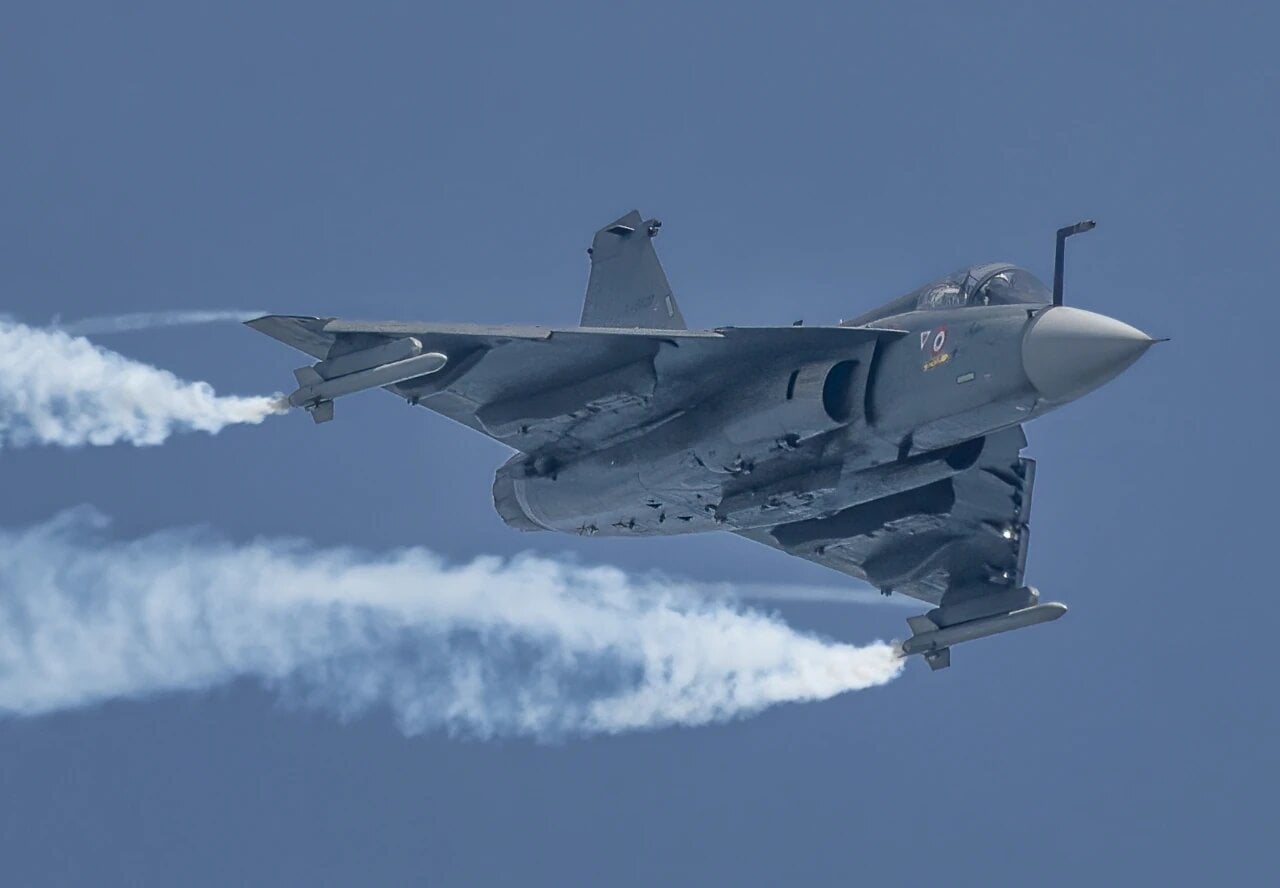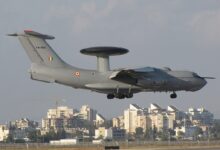Atmanirbhar Bharat: Expected To Launch In December Of Next Year Is The LCA “Tejas” Mk2 Variant

- The Mk2 variant includes a variety of weapons, including those that were developed domestically by DRDO, French, and western weaponry, and Russian weapons.
- The government placed an order for 83 LCA Mk1A aircraft for the IAF during Aero-India last year. The F404 jet engines would power these aircraft.
By the end of December of the following year, the Light Combat Aircraft Mk2 prototype is expected to make its first flight.
The Indian Air Force will replace its ageing fleets of MiG-29, Mirage-2000, and Jaguar aircraft with the Mk2 (IAF). The phasing out of several fleets once their operational cycle is over by 2035 was thoroughly detailed by the IAF chief earlier this month.
At least four prototypes are anticipated to be completed by 2027, and the aircraft are anticipated to enter IAF service before the end of the decade, according to a goal established by the research and development organisation DRDO.
The LCA Mk 2 differs from the LCA Mk1 and Mk1 Alpha, according to Dr. V Madhusudana Rao, project director for the LCA Mk2 programme.
He explains the distinctions between the many variations by saying: The LCA Mk2 has a new design and new capabilities. This will take the place of the Mirage 2000s, Jaguar fighters, and MiG-29s.
The Mk1 has 7 hard points and can carry 6.5 tonnes of weaponry, whilst the LCA Mk2 has 11 hard points.
The Mk1 can carry 2,450 kg (litres) of internal fuel, whereas the Mk2 can carry 4700 kg of external fuel. As a result, the range has been increased to 3000 km.
What more is unique to Mk2?
It has a force multiplier called the onboard oxygen generating system (OBOGS). The Mk1 and Mk1A versions have a pilot’s bottle that can last for up to two hours. There is no time limit with the Mk2 because its bottle has a lifespan of over eight hours.
What is OBOG?
The Indian Air Force (IAF) is using this DRDO self-sustainable oxygen generating technology for its LCA “Tejas” pilots. This counteracts the rapid drop in oxygen levels at high altitudes and is found within the fighter aircraft cockpits.
Weaponry systems
The Mk2 variant includes a variety of weapons, including those that were developed domestically by DRDO, French, and western weaponry, and Russian weapons. The DRDO official said that they had been incorporated into the flight design.
He claims that the wings of the Mk2 have been expanded and can now carry the Scalp bomb, which weighs about 1350 kg. However, neither the Mk1 nor the Mk1A are equipped to carry Scalp bombs.
This LCA model has a 570km range and is easily maintained. Furthermore, this model may easily take off in 30 minutes for air to air travel and 45 minutes for air to ground travel. It has the capacity to quickly switch roles and can do rapid turns. The GE-F414-INS6 engine will power the Mk2 version.
Future Warfare
This type was created with the idea that Beyond Visual Range (BVR) missiles would be crucial in future conflicts. 8–10 BVR missiles can be carried by the new model.
How much is the indigenous content?
Currently, the content is about 75%, and it is anticipated that this will increase to 82 percent. Due to an agreement in place with GE Aviation, a US-based company, the engines that will power it will be produced in India. According to the MoU, the US corporation will transfer all technology necessary for local engine production. And this will contribute to increasing the indigenous content to over 90%.
The first prototype is expected to roll out by December 2023; if there are any delays, March 2024 is the planned date. Flight tests will then take place in December 2024.
Background
The government placed an order for 83 LCA Mk1A aircraft for the IAF during Aero-India last year. The F404 jet engines would power these aircraft.
Later on in the year, GE Aviation and HAL signed a US$ 716 million agreement to supply the Mk-1A with engines and support services.







Facebook Comments